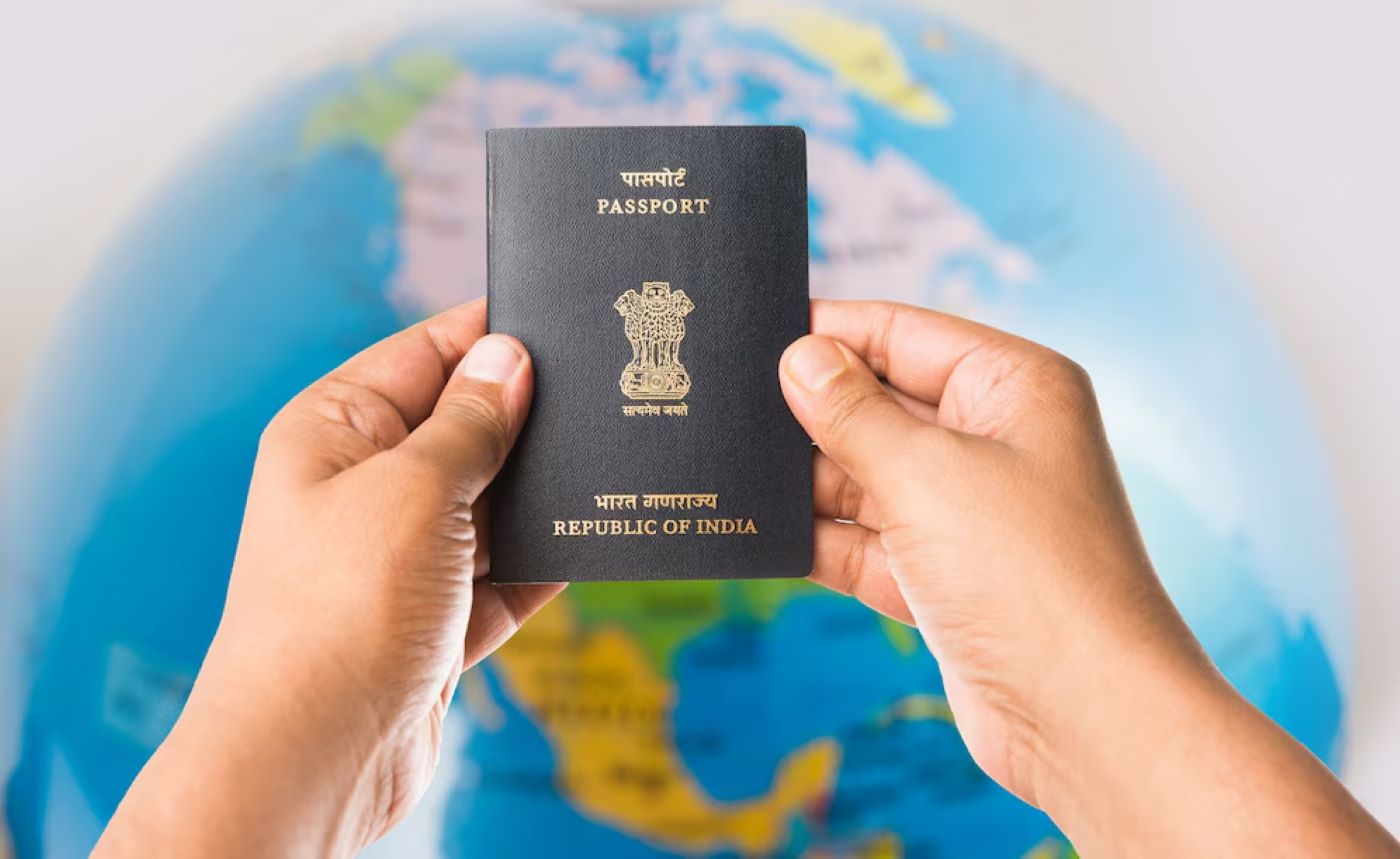
Premium Starting ₹395

24x7 Missed Call Facility


Premium Starting ₹395

24x7 Missed Call Facility



Citizens living outside India initially had the choice to apply for an Overseas Citizenship of India (OCI) card or a Person of Indian Origin (PIO) card. These cards act as long-term identifying and travelling documents in place of a visa.
Eventually, the Government of India merged them and asked everyone to apply for OCI instead. As a result, effective from 30th September 2019, all PIO cards are deemed invalid, and only OCI cards are accepted as valid travelling documents.
Now, let’s dive in to better understand OCI vs PIO and how you can apply for OCI in India.


OCI (Overseas Citizenship of India) card is an immigration status that allows foreign citizens of Indian origin to live, study, or work in India. OCI card holders can visit and stay in India at any time.
PIO (Person of Indian Origin) card refers to a foreign citizen who held an Indian Passport at any time or whose parents/grandparents/great-grandparents were citizens of India.
Here is a complete overview of the primary difference between PIO and OCI based on a variety of parameters –
Important Note: Since the PIO and OCI Card Schemes have merged, the Government of India has decided to discontinue the issuance of new PIO cards, effective January 9, 2015. All applicants will now only have to apply for OCI cards. Hence, we will discuss the eligibility criteria, required documents, processing time and application process for OCI card in this article.
Here is a brief overview of the differences OCI card and PIO card make in a cardholder’s daily activities in India.
Both OCI and PIO have similar restrictions as follows –
Individuals cannot vote, own any agricultural property, exercise any constitutional rights like holding positions in the Rajya Sabha, the Lok Sabha, running for the Presidency, and becoming a judge in the Supreme Court or High Court in India.
They need Special Permits for research and missionary work, mountaineering, and entering protected and restricted Areas.
Now that you are aware of the basic differences between OCI card and PIO card, refer to the following to understand the eligibility requirements for OCI.
A foreign national is eligible for an OCI card if they:
A minor child of any of the categories mentioned above and/or with at least one parent who is a citizen of India.
A foreign-origin spouse of an Indian citizen or an OCI cardholder provided their marriage is registered and has lasted for at least two continuous years before the application.
Foreign nationals cannot apply for OCI while on a Tourist Visa, Missionary Visa, or Mountaineering Visa. Also, applicants must be "ordinarily resident" in India for at least six continuous months to apply within India. The term "ordinarily resident" refers to staying in one location or in India for a continuous six-month period.
Individuals, or their parents, grandparents, or great-grandparents, who are or were citizens of Pakistan, Bangladesh, or other countries specified by the Indian government are not eligible for an OCI card.
To apply for an OCI card, you need to furnish the following documents, Apart from all the documents below, a duplicate of the same should be attached to the application.
All applicants will now only have to apply for an OCI card. The OCI application form is available on the OCI Services website. The following steps are to be followed:
First, Identify the OCI Service You Need
Determine which type of OCI service you need, i.e., registration for a new OCI card, conversion of PIO to OCI card, renewing OCI card, etc. and check your eligibility for application.
Complete the Online OCI Application Form
To start an OCI application, complete an online form, ensuring that you select the correct Mission and OCI service, enter complete information without errors, and then proceed to print and sign the hard copy of the application form.
Upload Supporting Documents Online
Submit scanned copies of required documents, including proof of citizenship, photograph, and signature, during the online process.
Visit the Designated Office for Document Verification
Present original documents at the jurisdictional FRRO office in India or Indian Mission/Post abroad for validation and verification.
Track Your OCI Card Application Status Online
After submission, the office will issue a File/Acknowledgment Number. You can also track your application status online using this number.
Collect Your OCI Card in Person
After processing, you or your authorized representative can collect the OCI card in person by presenting your original passport, PIO card (if applicable), and original supporting documents.
The processing time for an OCI application typically takes 6-8 weeks from the date of submission of a complete application at the Indian Mission/Post or FRRO in India. However, it can vary.
Notes:
The re-issuance of OCI is dependent on and restrictive to the applicant’s age.
PIO card holders can no longer apply for renewal of their Persons of Indian Origin (PIO) card. Since issuance of PIO status has been discontinued, citizens with valid or expired PIO card have to convert their PIO card to OCI card.
OCI cardholders enjoy lifelong, multiple-entry, and visa-free travel to India, making visiting family, exploring cultural ties, or travelling for personal or professional reasons easier.
Holders of the OCI card can live, study, and work in India indefinitely without additional permissions.
OCI cardholders enjoy parity with non-resident Indians (NRIs) regarding financial, economic, and educational benefits, including admission to Indian educational institutions under the general category.
They can purchase residential and commercial properties in India but are restricted from owning agricultural land, plantation properties, or farmhouses.
OCI cardholders are exempt from the need to report their presence to local police authorities for stays longer than 180 days, unlike other foreign nationals.
OCI cardholders can access Indian consular services and seek assistance for any needs abroad with more convenience.